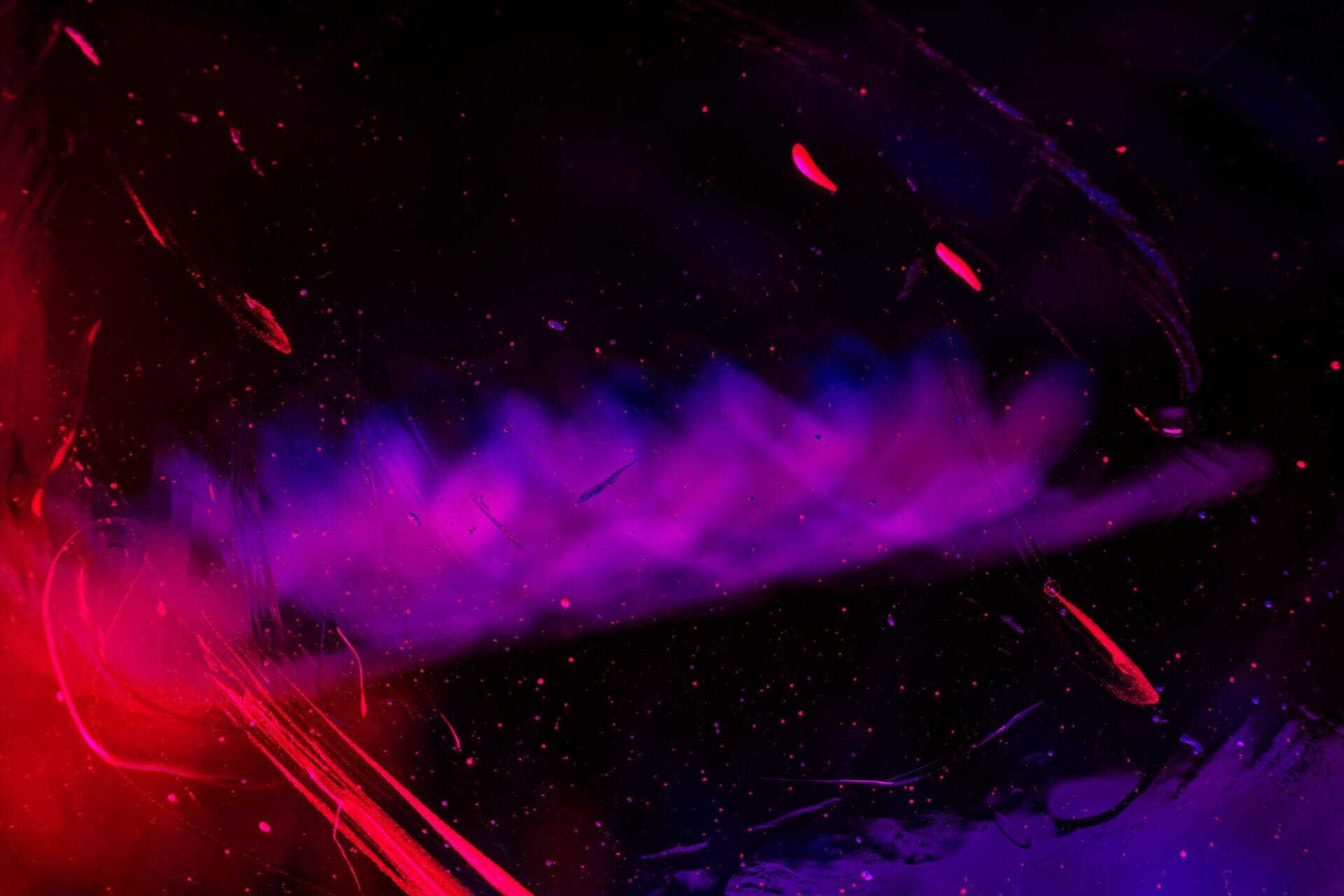
Welfare Jazz | A furious cacophony for country outlaws
Artist
Year
Country
Tracks
Runtime
Written by
Produced by
Genre
Subgenre
Label
Formation
By
Viagra Boys released Welfare Jazz in January 2021 as their sophomore record. The Stockholm punk-noise-hardcore band was emerging from the understated success of their first work released in 2018, entitled Street Worms. While the first record was ultimately hardcore and relentless, the second one radically changes perspective and sound.
Renewed sound for an innovative sophomore
Viagra Boys polished their sound but at the same time were able to save a spark of the grimy soundscapes of their past. This was possible by combining a jazzy, almost bebop saxophone with a twisted hardcore bass wall of sound, accompanied by wah-wah violent funky guitar work. The whole instrumental ensemble is then topped off with the angular and profound vocals delivered by singer-frontman Sebastian Murphy.
Sometimes the vocals are reminiscent of Tom Waits (Ain’t Nice, Toad, Secret Canine Agent) especially for the passionate vocal delivery and the raucous tone of Murphy’s voice.
The structure and the mood of some songs, such as I Feel Alive, with its swaying bass line, the raucous screams, and the horns layers on top, are very similar to those of some Tom Waits songs, especially those from the Swordfishtrombones era.
A complex stylistic backbone
The real change of pace for the band resides, though, in the thematic and lyrical atmosphere of the record. Whilst in Street Worms the focus was all about drugs, street life, and social uneasiness and discomfort, this time the band has explored a range of different themes such as coping with breakups, the search for inner strength, and low self-esteem.
One prime inspiration for Welfare Jazz is country music, and specifically outlaw country (Johnny Cash, Townes Van Zandt), as Murphy said to Stereogum. In fact, in many tracks, it’s possible for the listener to find the archetypal country guitar twang and various references to drinking, gambling, running away from the law, and a desperate longing for the open road. Murphy has said in various interviews that he was listening to a lot of country records while writing Welfare Jazz. In fact, the record itself ends with a cover song of country-folk singer-songwriter John Prine: In Spite of Ourselves.
Between the rebellious and the evocative
The first part of the record is upbeat and outgoing and includes Ain’t Nice, with its infectious bassline and a sustained groove; Toad, with its swampy outlaw country mood and hoarse vocal delivery help establish the mood of Welfare Jazz. The lyrics of Toad represent this mood very well:
No, you can’t fix me, what, what?
I’ma keep a-hootin’ and a-hollerin’
And drinkin’ liquor and gettin’ high
I’m never gonna be the man you want me to be
I’m a rebel till I die
Progressing through the tracklist, Into the Sun probably represents the least well-put-together track on the album, while Creatures sees Welfare Jazz branch out for a while into the electro-punk territories explored by the new generation of new wave and synthpunk acts, including bands such as Crystal Castles and Cold Cave.
Legacy and future of punk music
The listener gets to the high point of the album with I Feel Alive and Girls & Boys. The first song features ultra-raucous vocals, powerful use of horns, and a great piano, which is almost saloon-like in its ability to sustain everything going on in the background. Murphy wrote this visceral but still uplifting melody as a way of celebrating his successful escape from involvement with drugs that had lasted several years.
Oh, Jesus Christ, I feel alive
Oh, just last week, I thought that I was gonna die
And I’ve been clean now for some time
It’s been five days since the last time I got high
Girls & Boys with its absurd lyrics and its overdriven use of saxophone, bass, and bongos is the most upbeat song on the record and a perfectly executed noise rock-punk-bebop-bluesy jam. The ultimate blast for the listener’s ears, who, if they were successfully able to get to this point of the record, would now have an idea of how much the punk genre is now blended with other styles, and how much it has evolved since its violent birth in the late ’70s
Tag
Buy a ☕ for Hypercritic









